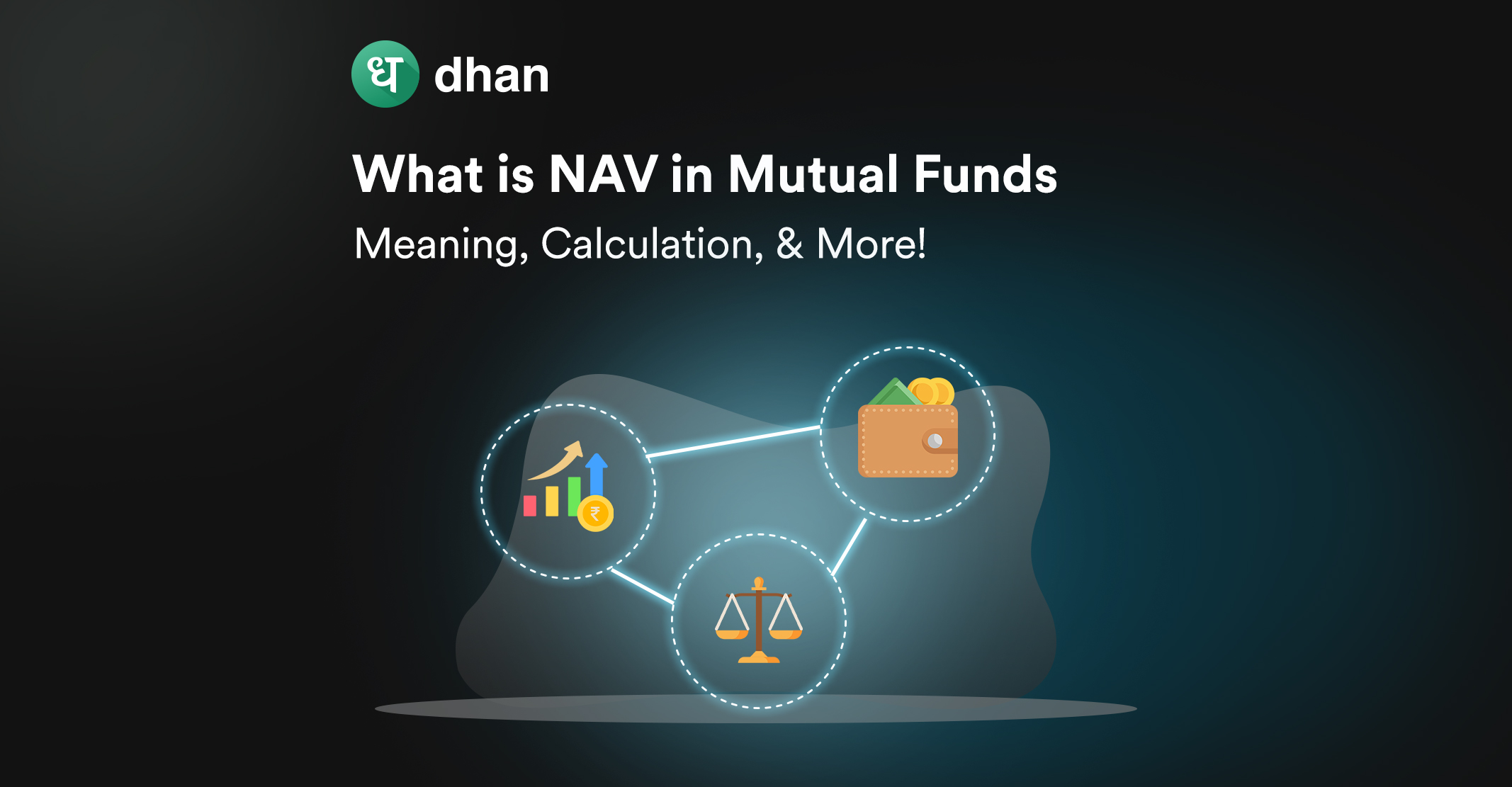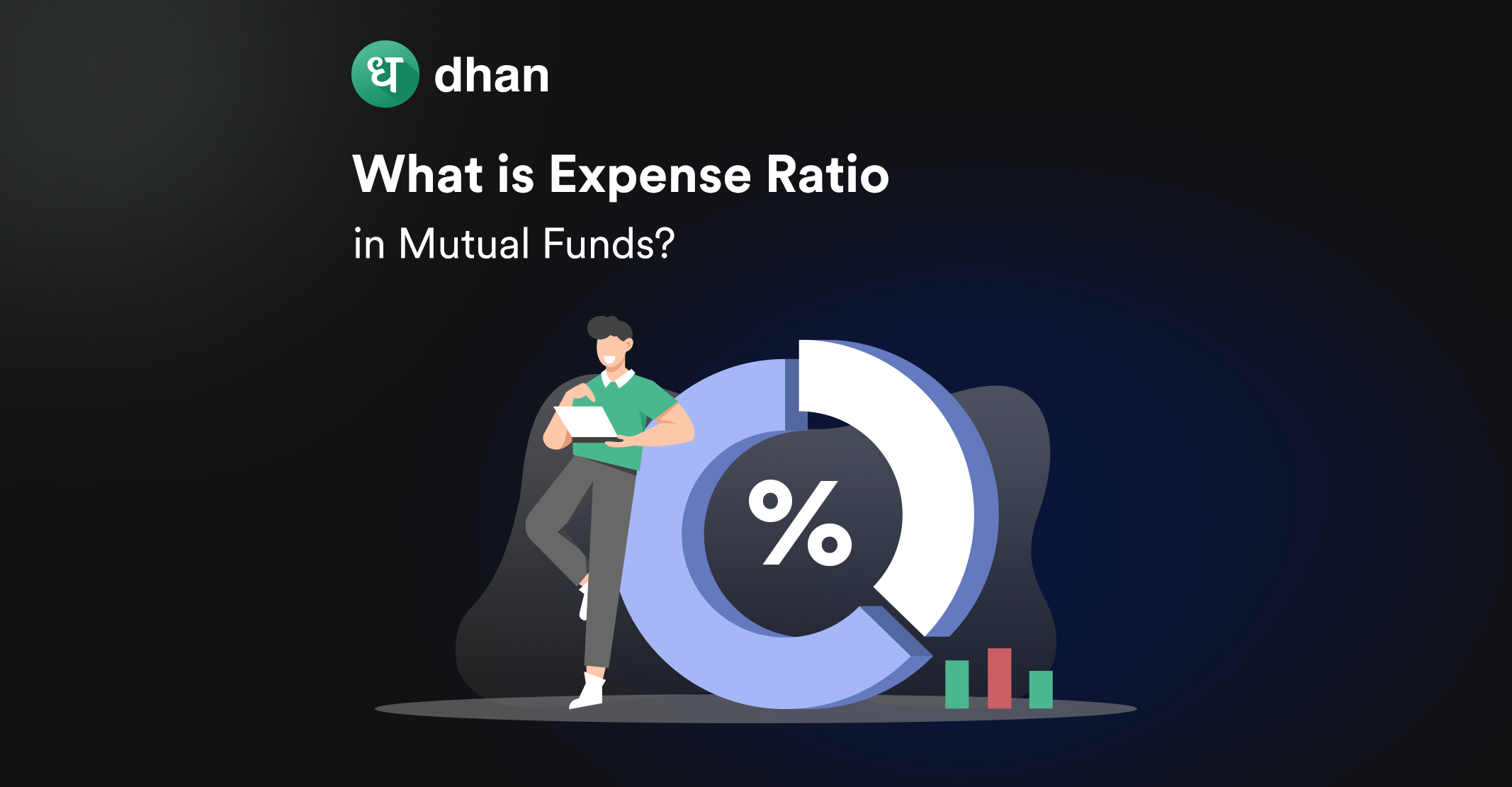Net Asset (NAV) in mutual fund is a crucial concept that represents the per-unit market value of a fund’s assets. Stocks have a share price and similarly, mutual funds have a NAV.
It’s calculated by dividing the total value of all assets in the fund by the number of units outstanding.
Investors buy and sell mutual fund units at NAV prices. To learn more about what NAV means in mutual funds, read this blog.
What is NAV in Mutual Funds?
NAV is the value of each unit of the mutual fund. It is calculated once a day, specifically at the close of each trading day.
NAV helps investors check the true value of their investments. Mutual fund NAVs also serve another purpose – they dictate the cost at which investors can acquire (bid price) or sell (redemption price) units with the fund company.
You can calculate NAV by dividing the total value of a fund’s cash and securities, minus any liabilities, by the outstanding shares. This process ensures an accurate reflection of the fund’s financial health.
Why is NAV Important in Mutual Funds?
Net Asset Value is like the heartbeat of a mutual fund, and understanding its importance can help you as an investor make better decisions.
Imagine you’re in a grocery store (the mutual fund). The total value of all items in your basket is the fund’s assets. NAV is the price of each product in your basket.
Now, why is it crucial? Well, when you check the price tags (NAV) regularly, you get a sense of whether the items (fund assets) are becoming more or less valuable.
It’s like knowing if the groceries are on sale or getting pricier. Moreover, NAV helps you track the performance of your entire shopping cart (investment).
If the total value of the groceries (fund assets) goes up, the NAV per unit increases. But remember, it doesn’t guarantee profit until you sell those groceries (units) at the right time.
That said, many investors believe in the number of units instead of NAV as a true metric of worth for mutual funds.
Speaking of basket, there’s a neat feature for online mutual fund investing on Dhan called Basket!
How is Mutual Fund NAV Calculated?
Calculating NAV involves a straightforward formula.
NAV = (Assets – Liabilities) / Total number of outstanding shares
NAV is a crucial measure as it reflects the fund’s overall health and provides investors with a basis for the current value of their investment.
Let’s consider a mutual fund with Rs 3,150 million invested in securities and Rs 350 million in cash, making the total assets Rs 3,500 million.
The fund has liabilities of Rs 700 million. As a result, the fund would have a total value of Rs 2,800 million. Now, let’s say there are 2 million shares outstanding.
The NAV will be Rs 1,400 per share (Rs 2,800 million divided by 2 million). This indicates the market value of one unit in the mutual fund.
Where to Find Mutual Fund NAV?
One of the most accessible sources is the mutual fund company’s official website. Fund houses regularly update their NAVs, allowing investors to check the current value of their investments.
Additionally, financial news websites, business news channels, and financial newspapers often provide daily NAV updates for a wide range of mutual funds.
Many investment and finance apps also offer NAV information, making it convenient for investors to track fund values on their smartphones. You can also use the Dhan app to check NAV and make mutual fund investments.
Mutual Fund NAV Vs. Stock Price
Net Asset Value (NAV) in the context of mutual funds and stock prices are two different concepts associated with different types of financial instruments. Let’s explore each concept:
| Aspect | Mutual Fund NAV | Stock Price |
| Definition | NAV is the market value per share for a particular mutual fund. | Stock price is the current price that a stock share is trading for on the market. |
| Calculation | NAV= Market Value of Assets−Liabilities/Number of Outstanding Units | Stock Price= Market Capitalization/Number of Outstanding Shares |
| Frequency of Calculation | Calculated at the end of each trading day for mutual funds. | Continuously changing during market hours for individual stocks. |
| Significance | Used to assess the performance of a mutual fund. Considered along with other factors like expense ratios and historical performance. | Used to evaluate the performance of individual stocks and make investment decisions. Reflects market sentiment and company performance. |
High NAV Mutual Funds in India
The NAV of a mutual fund is influenced by the performance of the underlying assets it holds, market conditions, and expenses incurred by the fund.
A high NAV doesn’t indicate the profitability of an investment. It’s a relative measure based on the size and performance of the fund. Some of the high NAV mutual funds in India are:
| Fund Name | NAV (Rs.) |
| Nippon India Growth Fund | 3,392.66 |
| Franklin India Prima Fund | 2,333.85 |
| HDFC Flexi Cap Fund | 1,715.89 |
| Aditya Birla Sun Life Equity Hybrid ’95 Fund | 1,430.66 |
| HDFC Tax Saver Fund | 1,228.53 |
Conclusion
Net Asset Value is an important metric in mutual funds, representing the per-unit market value of a fund’s assets.
Regularly tracking NAV helps investors measure the performance of their investments, make informed decisions, and stay attuned to market fluctuations.
FAQs
1. Is higher NAV better or lower?
A higher NAV signifies a gain, while a lower or reduced NAV suggests that the fund is stagnant. So, a higher NAV is better than a lower one.
2. How much NAV is good in a mutual fund?
An increasing NAV is a good sign. However, making investment decisions based solely on NAV can be misleading; a holistic evaluation ensures alignment with your investment objectives.
3. How is NAV calculated?
You can calculate the NAV by dividing the total net assets of the fund by the total number of units issued to investors.



